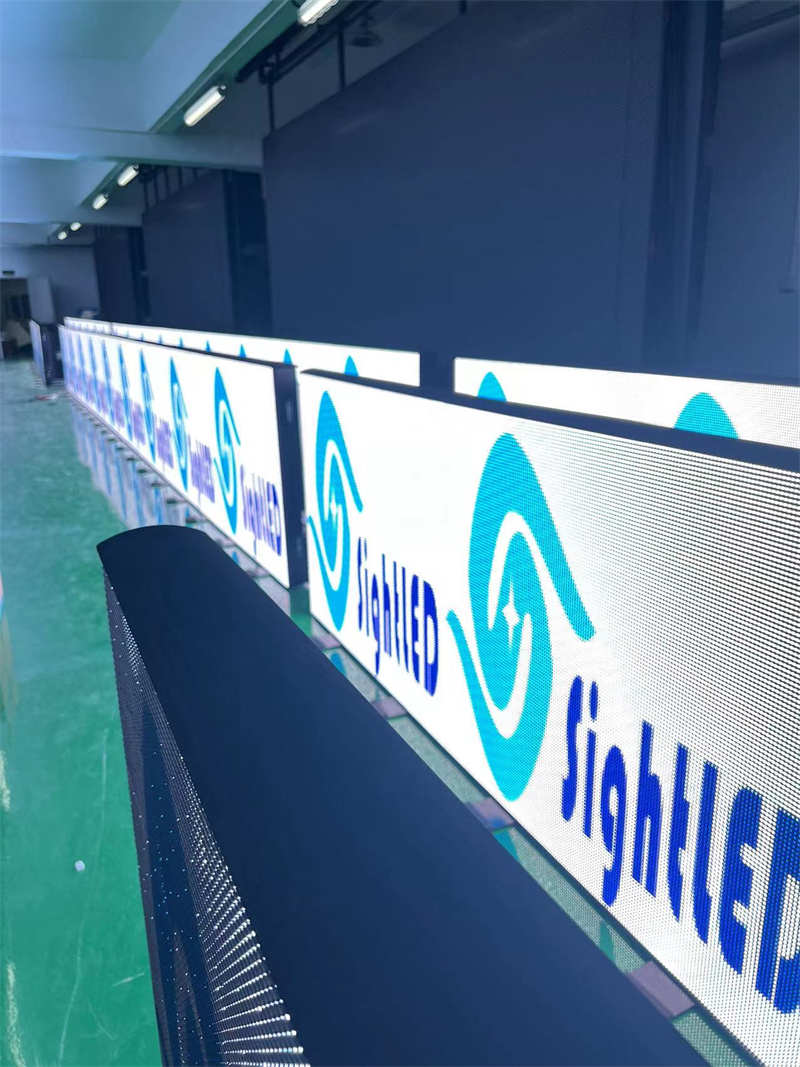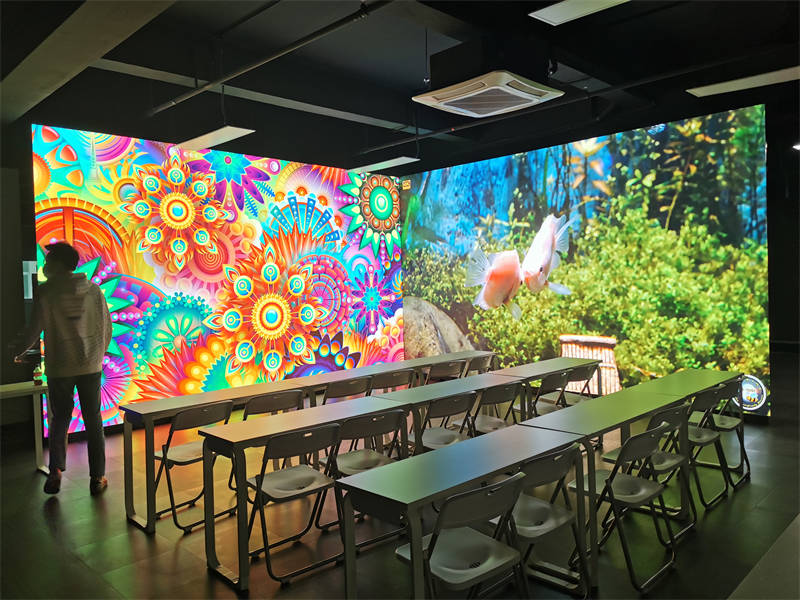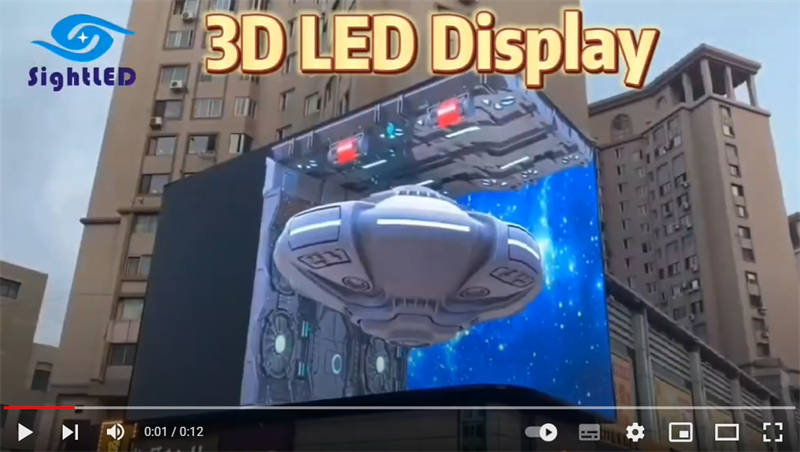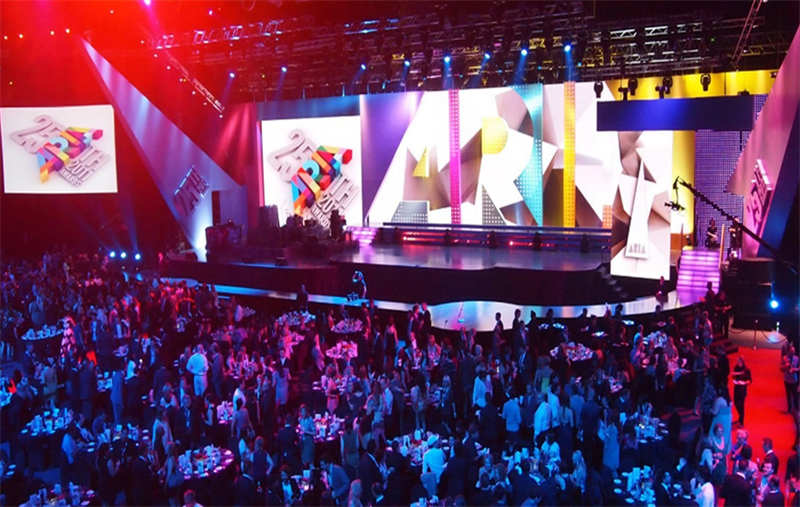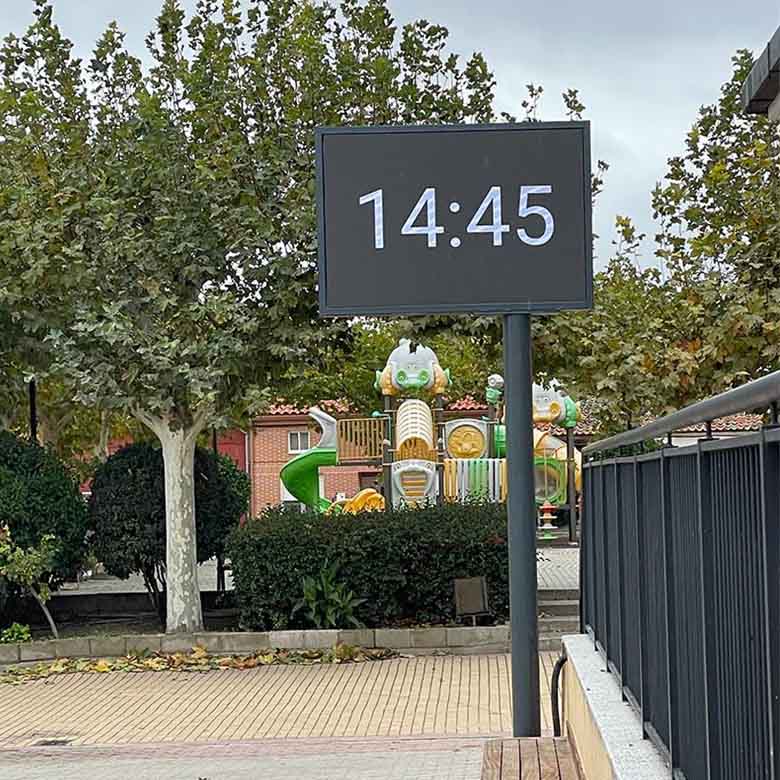What impact does LED lamp beads have on Led Video Wall?
LED video wall are used for indoor displays and large stage walls. They have a high refresh rate, low power consumption, and support synchronous and asynchronous control cards. They can play any video format, have a bright and clear image with no bright spots or decay, good quality, and long life. High-resolution indoor and outdoor full-color LED wall rentals have stable performance, good flatness, and seamless splicing. They use high-quality SMD components and stable LED lamp bead chips, ensuring a long service life.
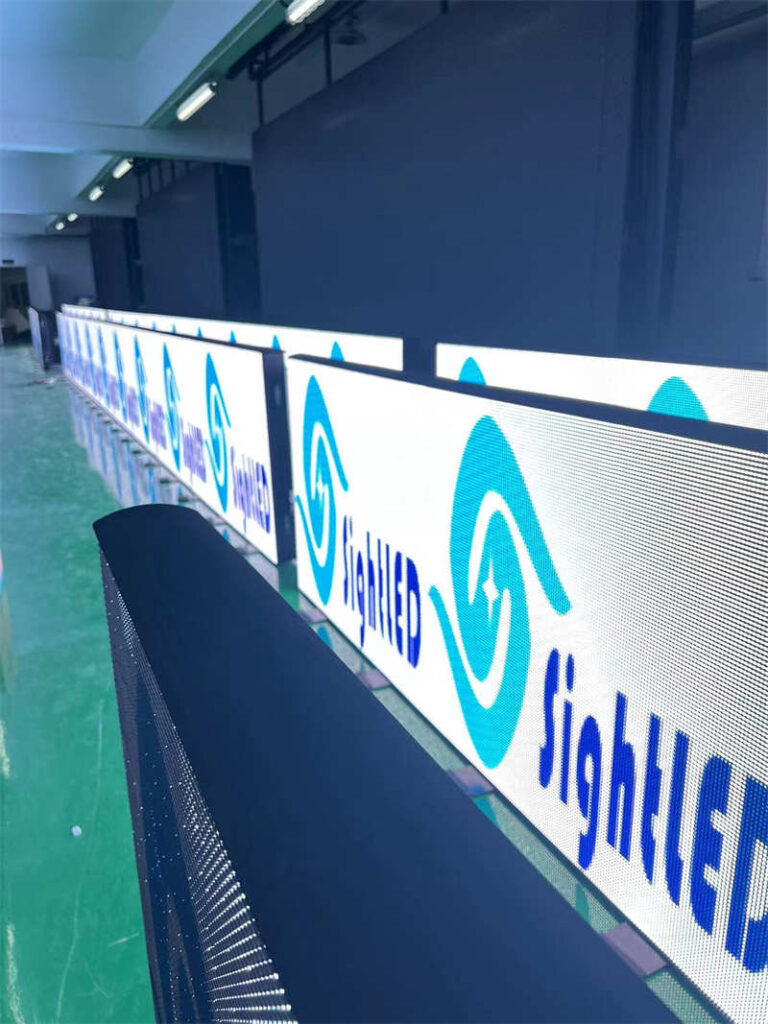
What is an LED Video wall?
LED Video wall uses efficient diodes to produce high-quality video and images with vivid colors and brightness. They’re used for digital advertising, public displays, concerts, and sporting events. It’s cutting-edge technology ideal for those looking to elevate their visual displays, holds massive potential for innovative applications, and is rapidly expanding.
What impact does LED lamp beads have on LED display screen? Analysis of the impact of LED lamp beads on LED video wall.
As the most expensive and most widely used component of the LED video wall, LED lamp beads play a leading role in affecting the quality of the LED video wall. Today we will introduce to you why LED lamp beads are the most critical component of LED video wall. How to identify the advantages and disadvantages of LED lamp beads?
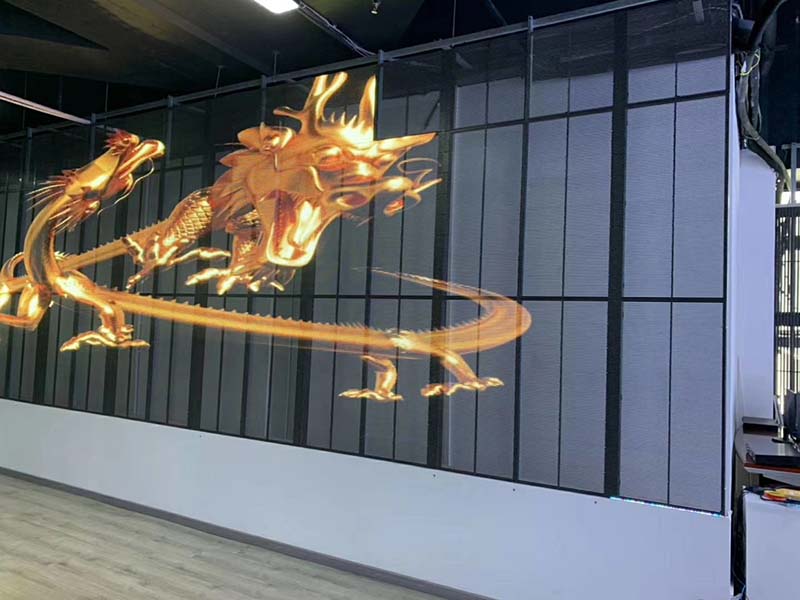
The most critical component of the full-color LED video wall is the LED lamp beads. There are three reasons:
First, LED is the most frequently used key component in a full-color screen machine, with thousands to millions of LEDs used per square meter;
Second, LED is the main body that determines the optical display performance of the entire screen, which directly affects the audience’s evaluation of the display screen;
Third, LED accounts for the largest proportion of the overall cost of the display, ranging from 30% to 70%.
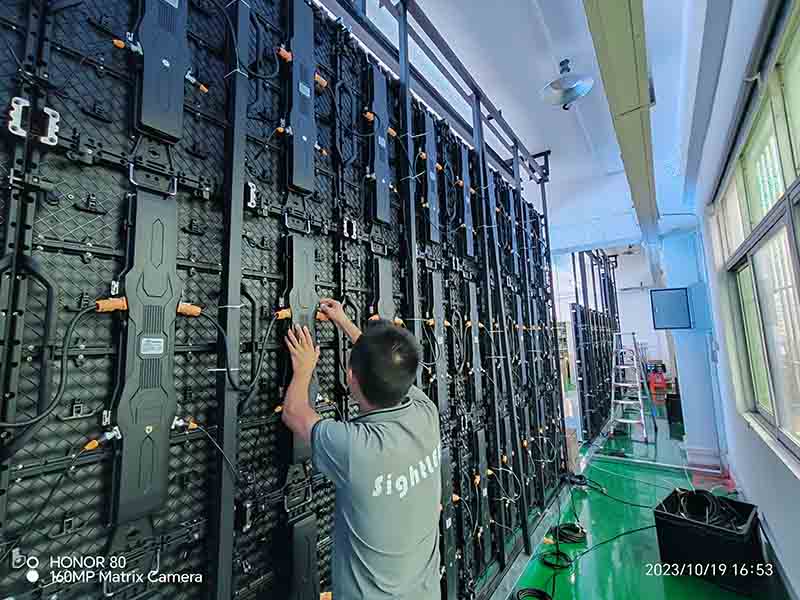
How to identify the pros and cons of led video wall lamp beads
1. Look at the solder joints.
The LED light strips produced by regular LED light strip manufacturers are produced using SMT patch technology, solder paste and reflow soldering processes.
2. Look at the FPC quality.
FPC is divided into two types: copper-clad and rolled copper. The copper foil of the copper-clad board is protruding. If you look closely, you can see it from the connection between the pad and FPC.
3. Look at the cleanliness of the surface of the LED light strip.
If the LED light strip is produced using the SMT process, its surface is very clean and no impurities or stains can be seen.
4. Look at the chips and production processes used in LED lights.
You can’t tell the difference with your eyes. You need to use aging equipment and testing equipment. If you put LEDs from several manufacturers on an aging meter and use high current to age them for 24 hours or longer. At some time, you can measure the brightness of LEDs from several manufacturers to see which LED has the smallest attenuation in luminous intensity. The one with the smallest attenuation has the best quality.
What are the effects of LED lamp beads on led video wall?
1. Perspective
The viewing angle of the led video wall is determined by the viewing angle of the LED lamp beads. At present, most outdoor displays use elliptical LEDs with a horizontal viewing angle of 100° and a vertical viewing angle of 50°, while indoor displays use SMD LEDs with a horizontal and vertical viewing angle of 120°. Due to its particularity, the display screen on the highway generally uses a circular LED with a viewing angle of 30°. Some displays on high-rise buildings have higher vertical viewing angle requirements. Viewing angle and brightness are contradictory to each other, and a large viewing angle will inevitably reduce brightness. The choice of viewing angle needs to be determined according to the specific use.
2. Brightness
LED brightness is an important determinant of display brightness. The higher the brightness of the LED, the greater the margin for current usage, which is beneficial to saving power consumption and keeping the LED stable. LEDs have different angle values. When the brightness of the chip is determined, the smaller the angle, the brighter the LED, but the smaller the viewing angle of the display. Generally, 100-degree LEDs should be selected to ensure adequate viewing angles for the display. For displays with different point spacing and different viewing distances, a balance point should be found in brightness, angle and price.
3. Failure rate
Since a full-color display screen is composed of tens of thousands or even hundreds of thousands of pixels composed of red, green, and blue LEDs, the failure of any color LED will affect the overall visual effect of the display. Generally speaking, according to industry experience, the failure rate from the start of assembly to the aging of the LED video wall for 72 hours before shipment should not be higher than 30,000 (referring to the failure caused by the LED lamp beads themselves).
4. Antistatic ability
LEDs are semiconductor devices that are sensitive to static electricity and can easily cause static electricity failure. Therefore, the anti-static ability is crucial to the life of the display screen. Generally speaking, the human body electrostatic mode test failure voltage of LEDs should not be lower than 2000V.
5. Life span
The theoretical life of the LED device is 100,000 hours, which is much longer than the working life of other components of the LED video wall. Therefore, as long as the quality of the LED device is guaranteed, the working current is appropriate, the PCB heat dissipation design is reasonable, and the display production process is rigorous, the LED device will be the integral part of the display screen. One of the most durable components in the machine.
LED devices account for 70% of the price of LED video walls, so LED devices can determine the quality of LED video walls. my country is not only a major producer of LED devices, but also a gathering place for LED video wall manufacturing. The high technical requirements of led video wall are the future development trend. The high quality requirements of led video wall are not only related to the direction of led video wall manufacturers, but also involve the development of LED display device manufacturers. Controlling LED devices will promote China’s transformation from a major LED video wall manufacturing country to a powerful LED video wall manufacturing country.
6. Attenuation characteristics
After the led video wall has been working for a long time, the brightness will decrease and the color of the display will be inconsistent, which is mainly caused by the brightness attenuation of the LED device. The attenuation of LED brightness will cause the entire screen brightness of the display to decrease. The inconsistency in the brightness attenuation amplitude of red, green and blue LEDs will cause inconsistency in the color of the LED video wall, which is what we often call the display screen blooming phenomenon. High-quality LED devices can well control the brightness attenuation amplitude. According to the 20mA standard of lighting at room temperature for 1000 hours, the red attenuation should be less than 2%, and the blue and green attenuation should be less than 10%. Therefore, try not to use 20mA current when designing blue and green LED displays. It is best to only use 70% to 80 % of rated current.
In addition to the attenuation characteristics related to the characteristics of the red, green, and blue LEDs themselves, the current used, the heat dissipation design of the PCB board, and the ambient temperature of the display screen all have an impact on the attenuation.
7. Size
The size of the LED device affects the pixel distance of the LED video wall, that is, the resolution. The 5mm oval lamp is mainly used for outdoor displays of P16 and above, the 3mm oval lamp is mainly used for outdoor displays of P12.5, P12, and P10, and the 3528 type SMD LED is mainly used for indoor displays of P6 and P8. 2020 type SMD LED is mainly used for indoor displays such as P2 and P3. On the premise that the dot spacing remains unchanged, increasing the size of the LED device can increase the display area and reduce the graininess. However, due to the reduction in the black area area, the contrast will be reduced; on the contrary, the LED size decreases, reducing the display area and increasing the graininess. , the black area area increases, increasing the contrast.
8. Consistency
The full-color display is made up of countless pixels composed of red, green, and blue LEDs. The consistency of the brightness and wavelength of each color LED determines the consistency of the brightness, white balance, and chromaticity of the entire display. sex. Generally speaking, display manufacturers require device suppliers to provide LEDs with a wavelength range of 5nm and a brightness range of 1:1.3. These indicators can be achieved by device suppliers through grading by spectrophotometric color separation machines. Voltage consistency is generally not required.
Since LEDs are angled, the full-color LED video wall also has angular directionality, that is, its brightness will increase or decrease when viewed from different angles. In this way, the angle consistency of the three color LEDs of red, green and blue will seriously affect the consistency of the white balance at different angles, directly affecting the fidelity of the display video color. To achieve consistent matching of the brightness changes of red, green and blue LEDs at different angles, it is necessary to strictly carry out scientific design in packaging lens design and raw material selection, which depends on the technical level of the packaging supplier. No matter how good the normal white balance of the display is, if the angle consistency of the LEDs is not good, the white balance effect of the entire screen at different angles will be poor.
The angle consistency characteristics of LED lamp beads can be measured with a comprehensive LED angle tester, which is particularly important for mid- to high-end displays.

